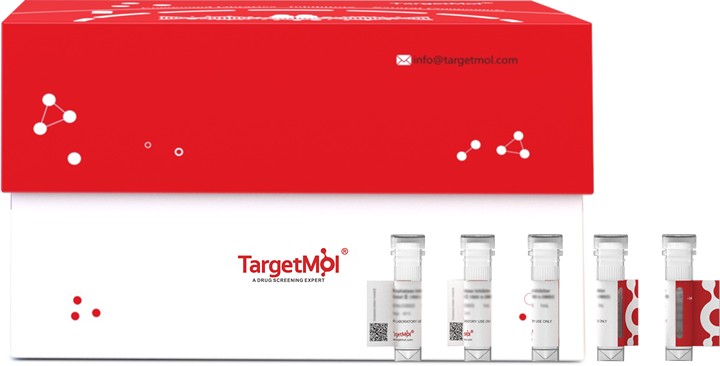购物车
全部删除  您的购物车当前为空
您的购物车当前为空
Noggin/NOG Protein, Human, Recombinant (CHO) is expressed in CHO Cells. The accession number is Q13253.

| 规格 | 价格 | 库存 | 数量 |
|---|---|---|---|
| 5 μg | ¥ 539 | 6-8日内发货 | |
| 10 μg | ¥ 882 | 6-8日内发货 | |
| 20 μg | ¥ 1,420 | 5日内发货 | |
| 50 μg | ¥ 2,700 | 5日内发货 |
| 生物活性 | ED 50 < 2.5 ng/ml, measured in a bioassay using ATDC5 cells in the presence of 10.0 ng/ml human BMP-4. |
| 产品描述 | Noggin/NOG Protein, Human, Recombinant (CHO) is expressed in CHO Cells. The accession number is Q13253. |
| 种属 | Human |
| 表达系统 | CHO Cells |
| 标签 | Tag Free |
| 蛋白编号 | Q13253 |
| 别名 | SYNS1A,SYNS1,SYM1,noggin,NOG |
| 蛋白构建 | Gln28-Cys232 |
| 蛋白纯度 | > 95% as determined by SDS-PAGE |
| 分子量 | 29~31kDa (Reducing conditions) |
| 内毒素 | < 0.2 EU/μg of protein as determined by the LAL method. |
| 缓冲液 | Lyophilized from a 0.2 μm filtered solution in PBS. |
| 复溶方法 | Reconstitute the lyophilized protein in sterile deionized water. The product concentration should not be less than 100 μg/ml. Before opening, centrifuge the tube to collect powder at the bottom. After adding the reconstitution buffer, avoid vortexing or pipetting for mixing. |
| 存储 | Upon receiving, this product remains stable for up to 6 months at lower than -70°C. Upon reconstitution, the product should be stable for up to 1 week at 4°C or up to 3 months at -20°C. For long term storage it is recommended that a carrier protein (example 0.1% BSA) be added. Avoid repeated freeze-thaw cycles. |
| 运输方式 | In general, Lyophilized powders are shipping with blue ice. Solutions are shipping with dry ice. |
| 研究背景 | Noggin, also known as NOG, is a homodimeric glycoprotein that bindsto and modulates the activity of TGF-beta family ligands. It is expressed in condensing cartilage and immature chondrocytes. Noggin antagonizes bone morphogenetic protein (BMP) activities by blocking epitopes on BMPs needed for binding to their receptors. Noggin has been shown to be involved in many developmental processes, such as neural tube formation and joint formation. During development, Noggin diffuses through extracellular matrices and forms morphogenic gradients, regulating cellular responses dependent on the local concentration of the signaling molecule. |